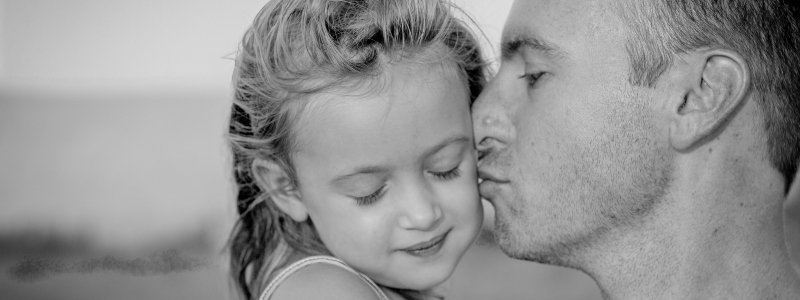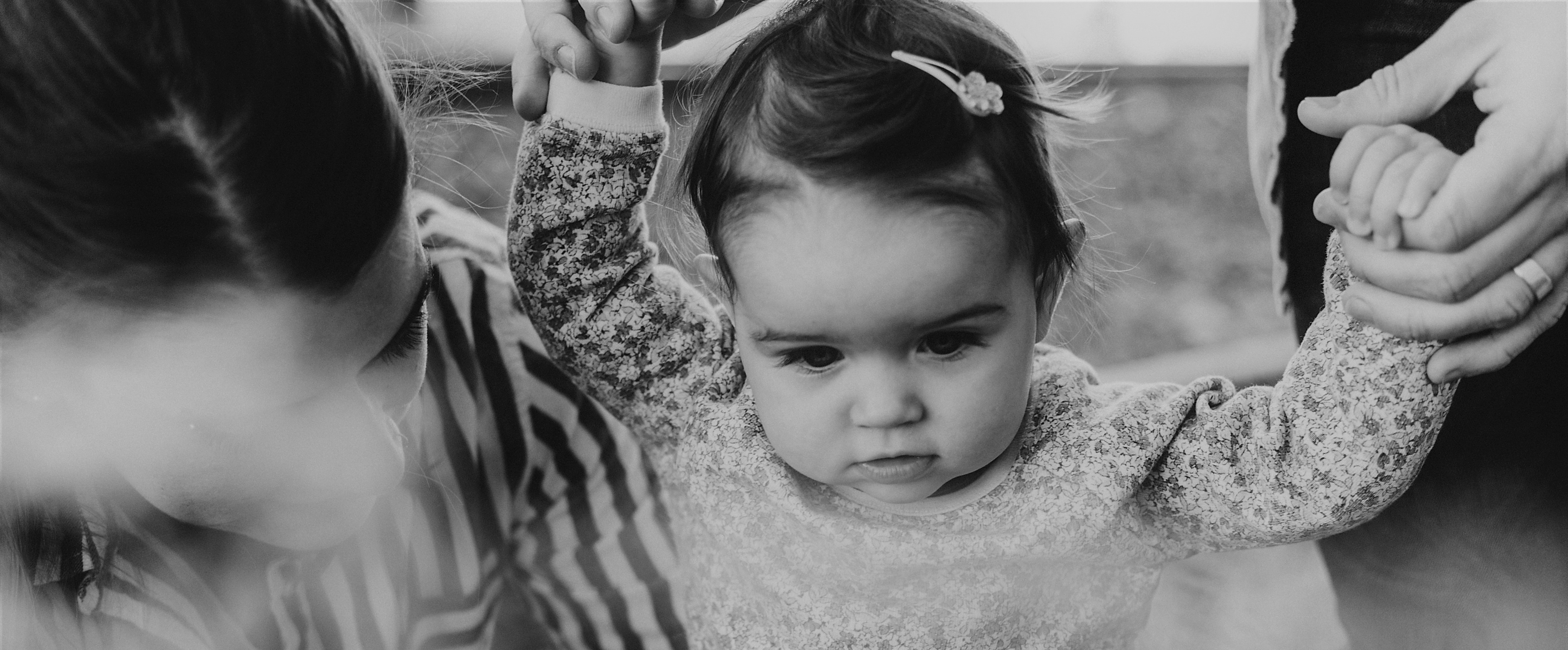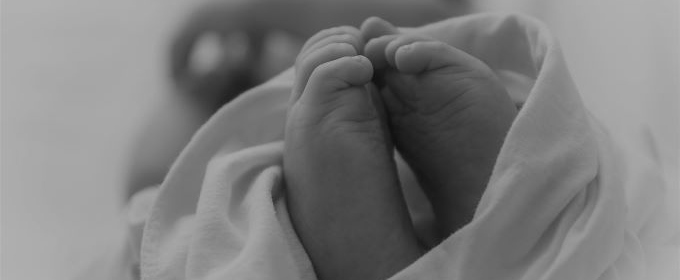When children feel helpless, angry, or scared for long periods of time, it can be remembered in their bodies. This is particularly so in the case of trauma, whereby specific (trauma-implicated) body parts may start to feel somewhat disconnected to the rest of the body (e.g. headaches, neck pain, stomach aches, back spasms, etc.). Body tension is also common in children who were very young at the time of their trauma and, therefore, may have no conscious or verbal memory of it. This phenomenon can be hard for parents (and professionals!) to make sense of and can often lead to them seeking assessment and treatment for many things before considering the long-lasting impact of historical stress or trauma on child. An important task of a psychologist, therefore, is to help chronically stressed or traumatized children to tolerate physical sensations without being afraid of then. This includes teaching them how to regulate their own internal arousal.
The brain-body system that we target in this kind of work is known as the Autonomic Nervous System (ANS) – also known as our ‘survival system’. At its most basic level, the ANS is comprised of two discrete branches called the Sympathetic Nervous System (SNS) and the Parasympathetic Nervous System (PNS). The SNS is associated with the release of chemicals such as adrenaline, which spur the brain and body into action. The PNS on the other hand, is associated with the release of chemicals such as acetylcholine, which enables us to be calm and to regulate important bodily systems such as our digestion and sleep. In a healthy child, the SNS and PNS work closely together to enable a child to have an optimum awareness of both themselves and their environment, so that they can respond to each appropriately. For some children, however, historical stress and trauma can cause the SNS too become too powerful, leaving the child vulnerable to quickly dysregulating in response to misunderstood internal sensations or external stressors.
One biological marker that has been identified as a strong indicator of how well the ANS is working is ‘heart rate variability’ (HRV). In healthy children, the very act of breathing leads to steady, rhythmical fluctuations in their heart rate, which in turn is a measure of their wellbeing. This is because inhalation activates the SNS (and therefore raises their heart rate), whereas exhalation activates the PNS (and therefore slows heart rate down). Good HRV – and therefore, good balance between the SNS and PNS, enables children to execute a reasonable degree of self-regulation, including being able to calmly appraise upsetting situations without dysregulating, such as disappointment or peer rejection. Poor modulation between the two systems, however, negatively affects how their body and brain responds to stress. Research indicates that people with posttraumatic stress disorder (PTSD) often have poor HRV (Hopper, et al., 2006).
One way to improve HRV, has been shown to be through focused breathing techniques. Indeed, simply changing the way one breathes, has been associated with a wide range of positive physical and psychological outcomes, including marked improvement in mood disorders, asthma, and back pain (e.g. Pilkington, et al., 2005; Sherman, et al., 2005; Streeter, et al., 2010). Focused breathing techniques for children can be found in many forms, but one particularly successful form has been shown to be via Yoga. This may be because Yoga supports children to pay attention to what is happening within their bodies rather than just outside of it – teaching them that all sensations peak and fall, with a beginning, middle and end (Van der Kolk, 2014). This can be of particular benefit to children who rely on either sensory numbing or over-stimulation, or who may need additional support to feel ‘safe’ in their bodies.
In my clinical experience, I regularly find that children, even without a history of trauma, can still benefit hugely from mindfulness-based breathing exercises. For this reason, I am very grateful to Dr Emma Stevens (Clinical Psychologist), for recommending a lovely book of breathing for young children based on the principles of Yoga – “Frog’s Breathtaking Speech” (Chissock and Peacock). My children have loved reading this story and learning the techniques. I hope yours will too!
References:
Chissock, M. & Peacock, S. (2020). Frog’s Breathtaking Speech How children (and frogs) can use Yoga breathing to deal with anxiety, anger and tension.
Hopper, J., et al. (2006). Preliminary evidence of parasympathetic influence on basal heart rate in posttraumatic stress disorder. Journal of Psychosomatic Research, 60 (1), pp. 83-90.
Pilkington, K., et al. (2005). Yoga for Depression: The Research Evidence. Journal of Affective Disorders, 89, pp.269-85.
Sherman, K., et al., (2005). Comparing Yoga, exercise and a self-care book for chronic low back pain. Pain, 115, pp. 107-17.
Streeter, C., et al. (2010). Effects of Yoga versus walking on mood, anxiety and brain GABA levels: A randomized controlled MRS study. Journal of Alternative and Complementary Medicine, 16, pp. 1143-52.
Brighton and Hove Psychotherapy is a collective of experienced psychotherapists, psychologists and counsellors working with a range of client groups, including fellow therapists and health professionals. If you would like more information, or an informal discussion please get in touch with us. Online therapy is available.

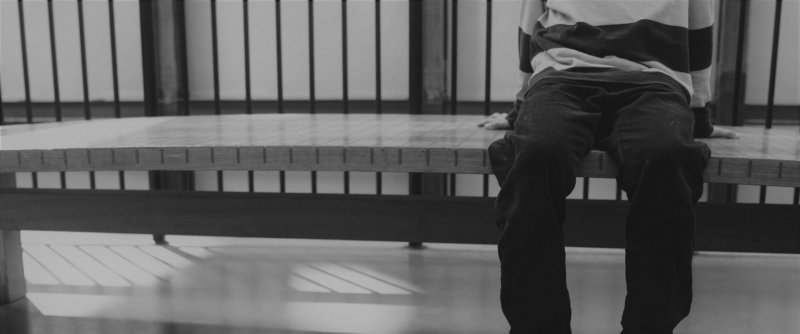

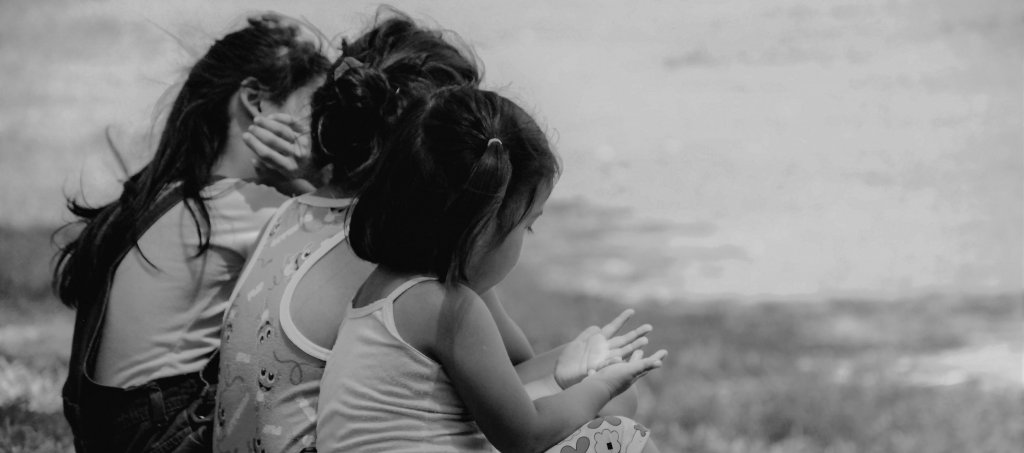
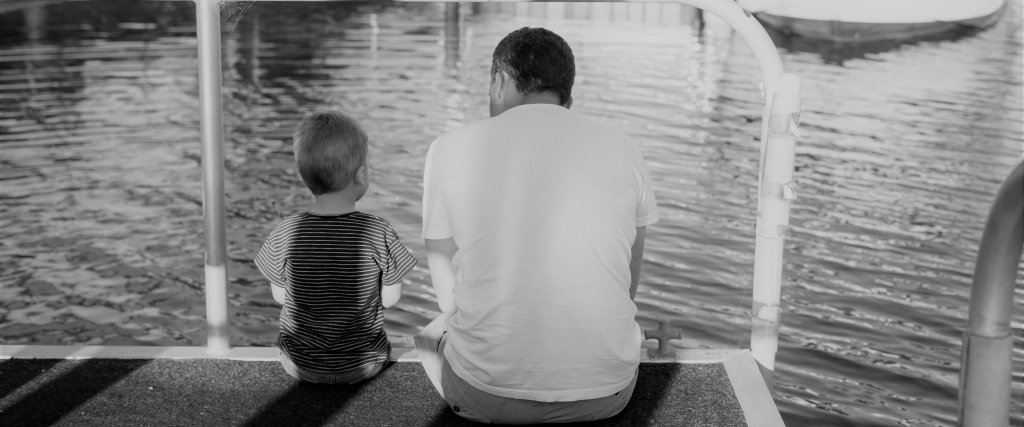
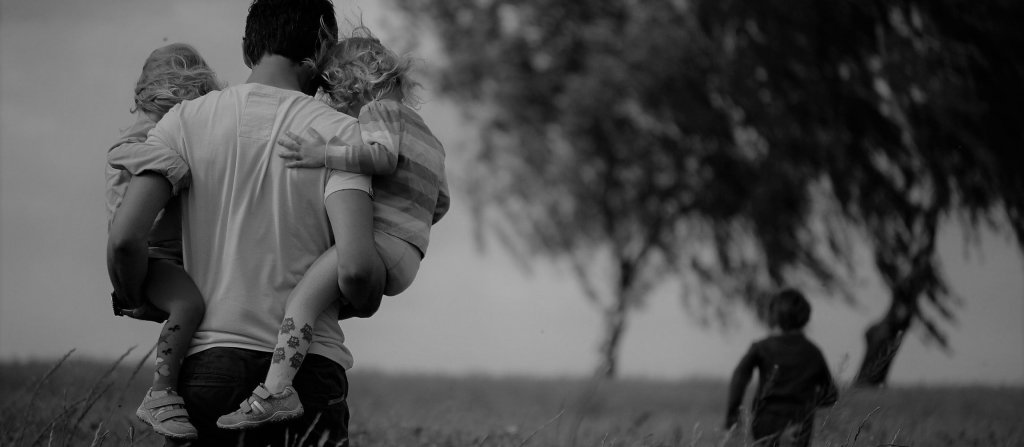

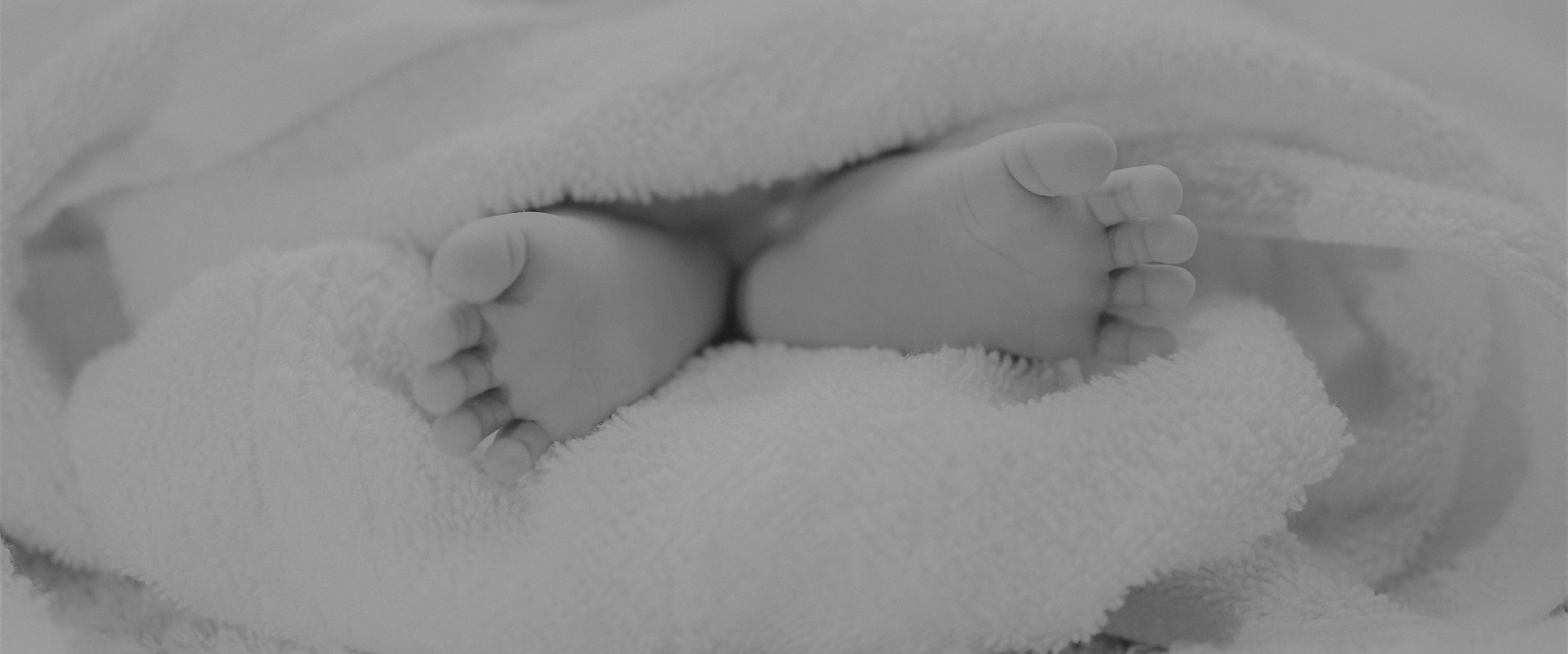
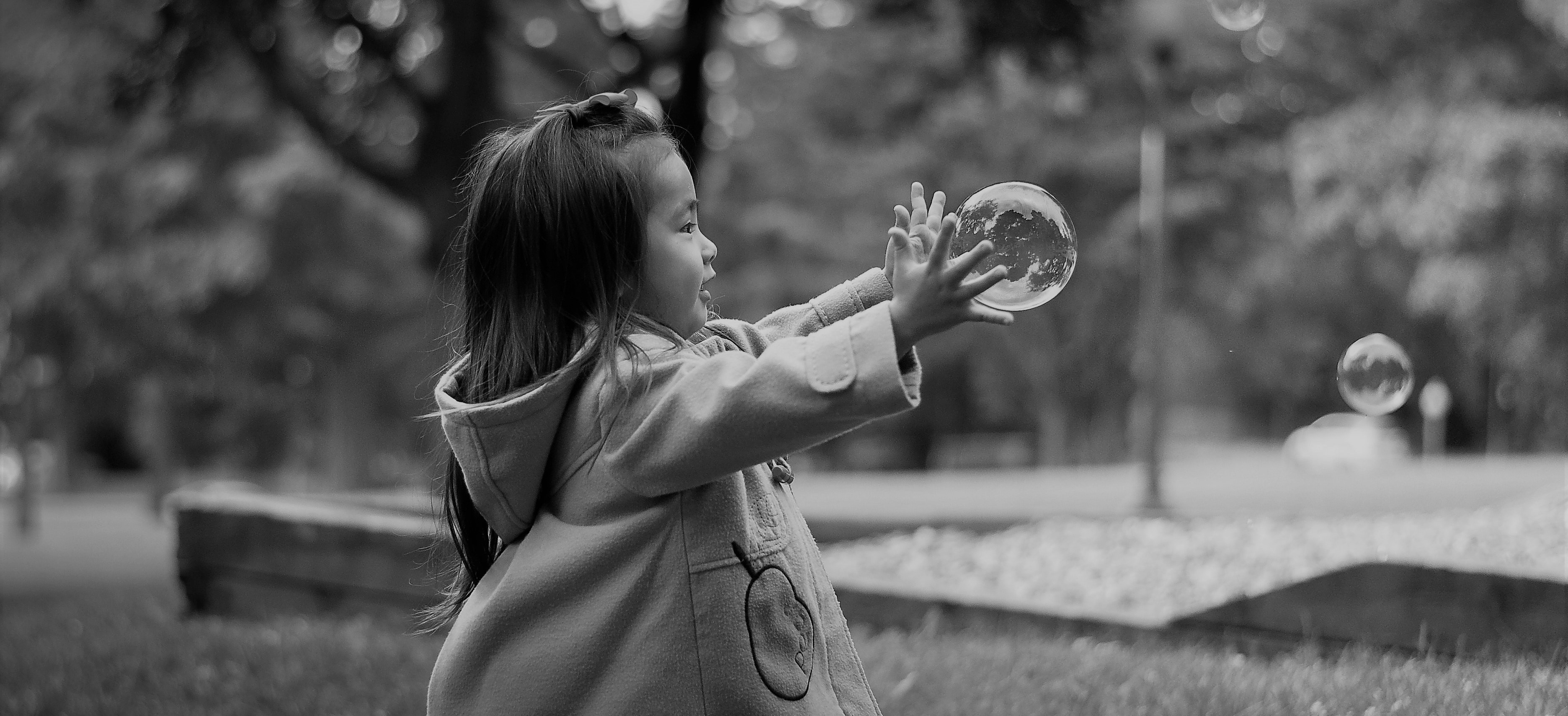 “Watch your plants and see what they’re telling you” (Ollie Walker, Hosta grower, Gardeners’ World, BBC2, 14.6.19).
“Watch your plants and see what they’re telling you” (Ollie Walker, Hosta grower, Gardeners’ World, BBC2, 14.6.19).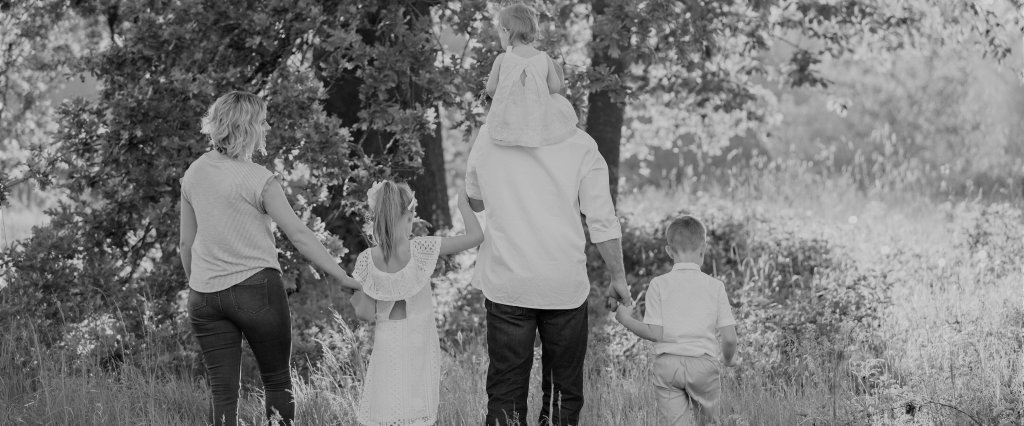

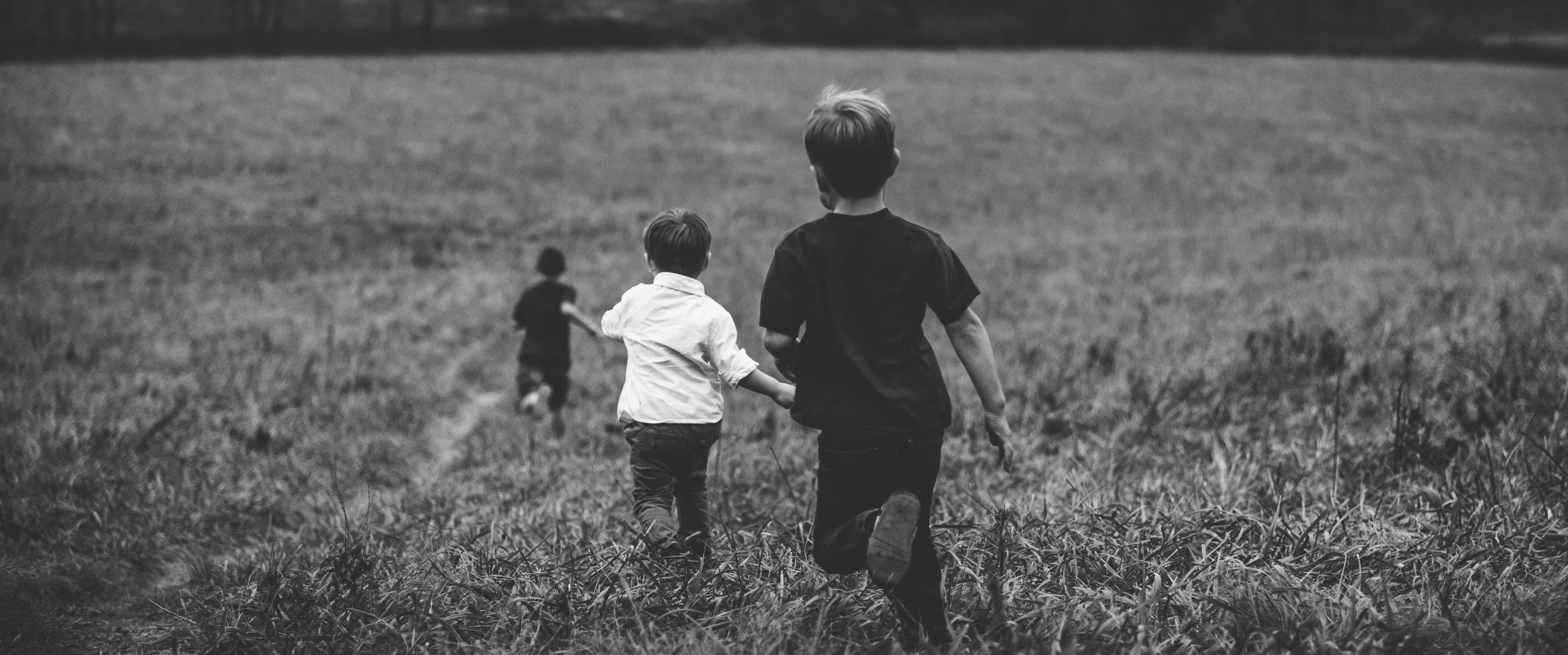 The Paradoxical Theory of Change
The Paradoxical Theory of Change